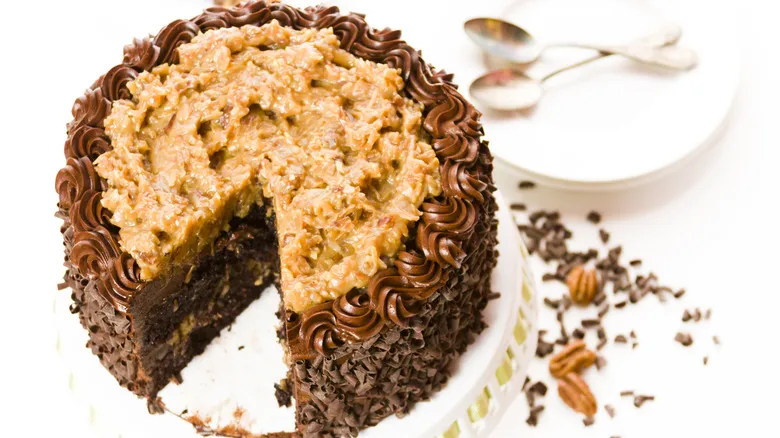More than just chocolate — what sets German chocolate cake apart
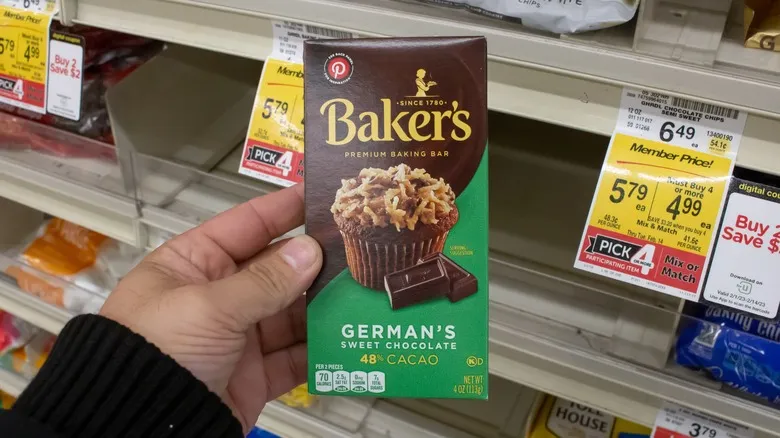
To those who have yet to experience it, German chocolate cake might appear to be just a simple chocolate sponge adorned with elaborate frosting; however, that couldn't be further from reality. Much like Michigan's delectable chocolate bumpy cake, German chocolate cake recipes incorporate buttermilk. This ingredient introduces a tangy acidity that enhances the chocolate flavor, along with a generous amount of rich fat and moisture.
Buttermilk is also the key to achieving tender biscuits, as it interacts with baking soda to create baked goods with a light, springy texture and fine crumb. This chemical reaction, combined with melted sweet baking chocolate, gives German chocolate cake a rustic, shaggy texture that resembles a brownie more than traditional cakes. Because this moist cake can easily sag under heavy frosting, many recipes suggest folding whipped egg whites into the batter. The foam from the egg whites serves as a binder and provides essential support, enhancing the cake's structural integrity and allowing it to be sliced into neat, cohesive pieces.
While the cake itself is a delightful indulgence, the iconic coconut-pecan cooked frosting is the true highlight of this dessert. Its rich depth comes from a blend of butter, eggs, evaporated milk, and both white and brown sugar, all cooked down to a thick, velvety consistency reminiscent of caramelized pastry cream. Once cooled and mixed with the necessary flavorings, it creates a harmonious connection between the cake's decadently fudgy layers.
Recommended
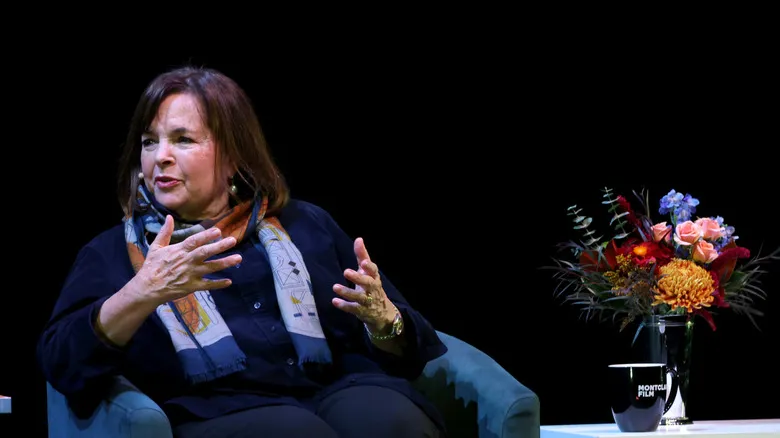
The Flavor Ina Garten Uses To Put An Elegant Twist On Frozen Hot Chocolate
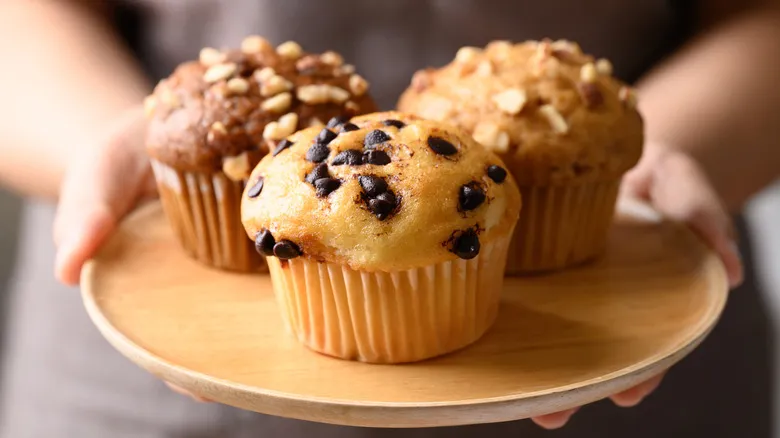
The Mason Jar Lid Hack That Lets You Say Goodbye To Your Muffin Tin
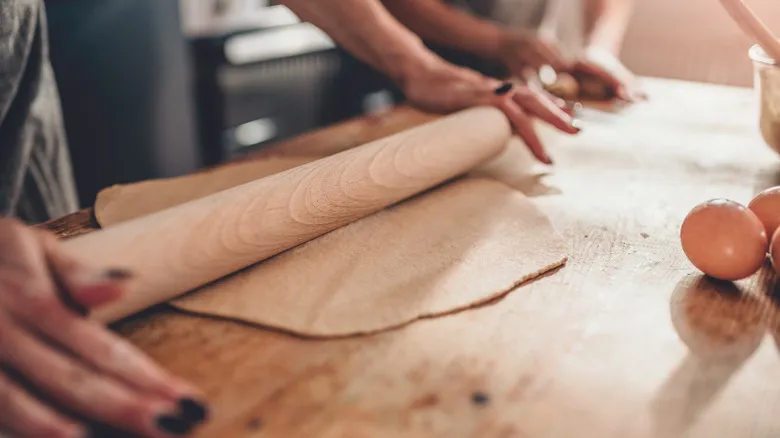
What Is A Straight Rolling Pin, And When Would You Need One?
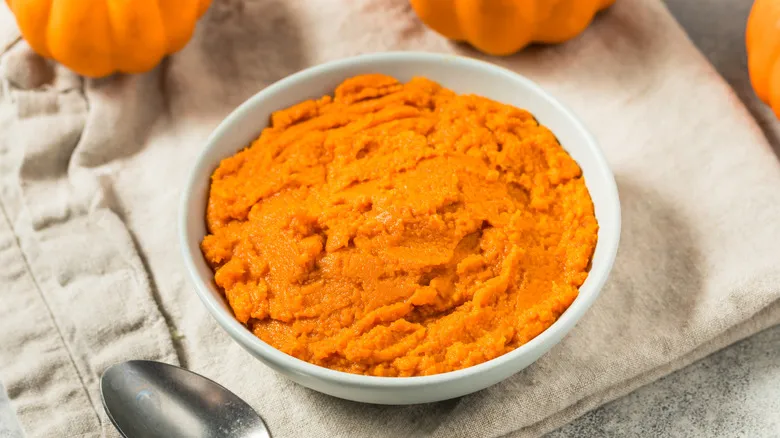
Never Skip One Important Step When Adding Pumpkin Puree To Baked Goods
Next up

